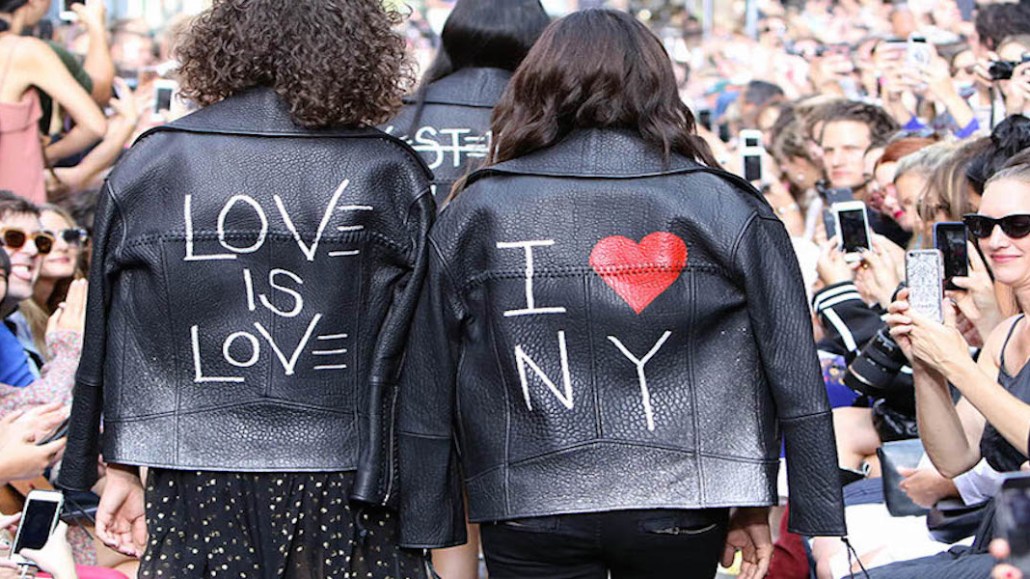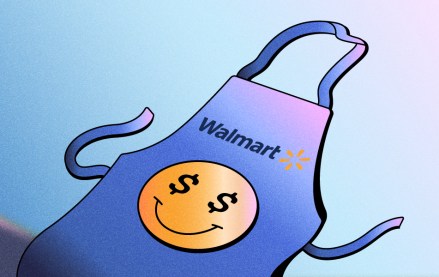Register by Jan 13 to save on passes and connect with marketers from Uber, Bose and more

Fashion designers have never had more freedom when deciding how to format their collection presentations.
The traditional fashion week format — a runway show at a main fashion week venue — is still the most common. Designers who hold a runway presentation at a sponsored venue, like the Skylight Clarkson Square, are often doing so out of necessity. These venues front the cost of set builds, lighting, production and backstage management, and for brands with tighter budgets, it’s the best way to avoid shelling out thousands of dollars. A typical fashion show is an investment of $10,000 and up for a brand.
“We’re venue agnostic,” said Mark Beckham, the business director of fashion weeks for the Council of Fashion Designers of America, which owns the official fashion calendar. “Designers have to figure out what’s in their budget, the look and feel of a show, and how to tailor it.”
More in Marketing

Inside the brand and agency scramble for first-party data in the AI era
Brands are moving faster to own first-party data as AI and privacy changes alter the digital advertising landscape.

Walmart Connect takes a play out of the Amazon playbook to make agentic AI the next battleground in retail media
The next retail media war is between Walmart Connect’s Sparky and Amazon’s Rufus, driven by agentic AI and first-party data.

What does media spend look like for 2026? It could be worse — and it might be
Forecasts for 2026 media spend range from 6.6% on the lower end to over 10% but the primary beneficiaries will be commerce, social and search.








